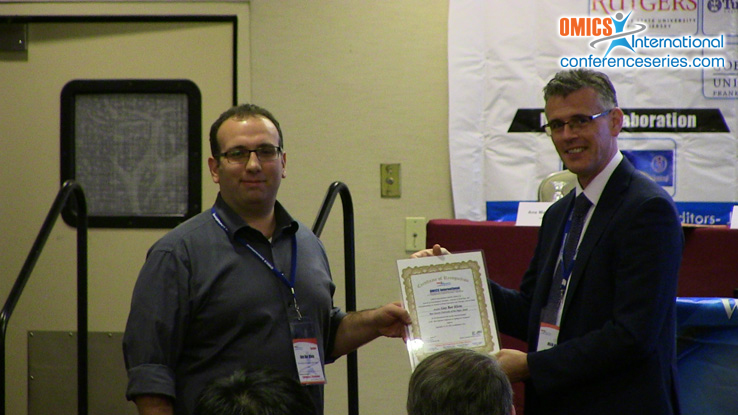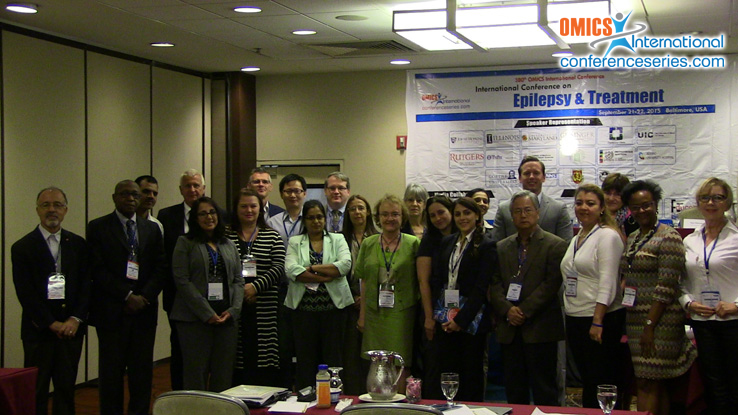
Guy Bar-Klein
Ben-Gurion University of the Negev, Israel
Title: Magnetic resonance imaging of blood-brain barrier dysfunction as a biomarker for Epileptogenesis
Biography
Biography: Guy Bar-Klein
Abstract
Acquired epilepsy is frequently followed brain insults. Interestingly, these insults are frequently associated with dysfunctional blood-brain barrier (BBB). We recently showed that BBB injury lead to albumin-mediated activation of transforming growth factor β (TGF-β) signaling in astrocytes, astrogliosis, local inflammatory response followed by epileptiform discharges and delayed seizures. Importantly, the FDA-approved AT1 antagonist, losartan, blocked albumin-induced TGF-β signaling and prevents epileptogenesis. Here we performed a longitudinal study in rats exposed to paraoxon to induce status epilepticus (SE) and epileptogenesis and executed repeated magnetic resonance imaging (MRI) to quantitatively monitor BBB integrity. Continuous video-electrocorticographic (ECoG) recordings were acquired to monitor for seizures. Analysis of the ECoG signals revealed that 13 out of 22 of the rats presented ≥2 spontaneous seizures and therefore were defined as epileptic. Signal analysis in 13 defined brain regions using logistic regression and forward selection suggested that focal BBB breakdown in olfactory structures increases the likelihood of a rat to become epileptic while diffuse damage decreases this likelihood. We thus were able to predict epilepsy with high sensitivity and specificity (92.3% and 77.8% respectively) with 12 out of 13 epileptic rats classified correctly and only 2 out of 9 non-epileptics falsely classified as epileptic. Our results demonstrate that increased BBB permeability in specific brain regions may serve as a reliable biomarker for SE-induced epileptogenesis and together with our findings showing losartan as anti-epileptogenic drug, highlight the potential of specific anti-epileptogenic treatment for patients identified with high risk to develop epilepsy.




